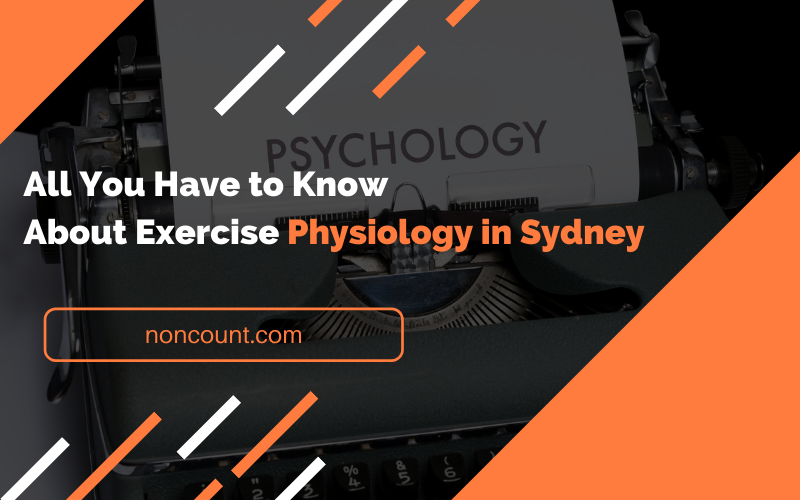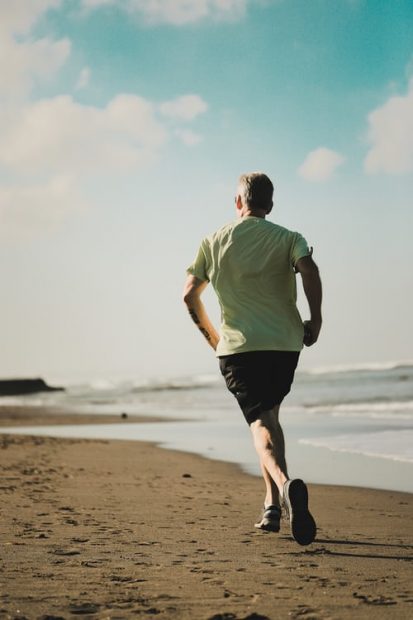
The state capital of New South Wales, Sydney is the most populous city in Australia. With booming industries in manufacturing, trading, finance, and tourism, it also has one of the most advanced economies in the country.
With a stable economy, Sydney is one of the most liveable cities in the world. It offers an elevated quality of life in terms of key metrics like safety and healthcare. Patients in the area can benefit from the best exercise physiology Sydney has to offer.
What is Exercise Physiology?
Exercise physiology is an essential component of the health industry. It is a specialised field of kinesiology and studies how the human body responds to induced physical activity and is done for therapeutic purposes. It involves observing specific changes in the muscles, heart, lungs, and other parts of the body brought on by a planned exercise program.
It also measures improvements in functional capacity and durability due to strength and endurance training. The end goal of exercise physiology is to condition patients for higher levels of overall health and physical fitness.
How Did Exercise Physiology Begin?
While exercise has been recognized for thousands of years as an important contributor to overall health, it was not until the 16th century that physicians began writing books about exercise. A Spanish doctor is credited for publishing one of the earliest exercise books called “Book of Bodily Exercise.”
Aside from having chapters on proper exercise, it also discussed the negative impact of regular physical activities. It led to the creation of physical education classes, requiring students to engage in daily exercise.
From there, the growing sector of the health industry became more specialized. The roots of exercise physiology in Sydney has can be traced back to the publication of the first book on the field in 1910, called “Exercise in Education and Medicine.” This became the catalyst as laboratories studying exercise physiology were subsequently set up.
It was not long after that schools and universities jumped in with several academic publications discussing fatigue, how the heart reacts to exercise, how the body takes in oxygen, and other effects of exercising on the human body. These studies, in turn, spurred on more innovations in the field and its spread to other universities and medical schools all over the world.
Two Types of Exercise Physiology
The field of exercise physiology casts a wide net that can be best understood when divided into two sub-categories: sport and clinical. As its name implies, sport physiology involves the study of the body’s response to exercise with the purpose of enhancing an athlete’s performance. It is done to develop training regimens that help athletes become more physically fit through intermittent periods of targeted exercise and rest.
On the other hand, clinical exercise physiology Sydney has uses physical activity and therapy as part of a comprehensive treatment program for chronic diseases like diabetes and other medical conditions affecting the heart and lungs. This is done in a clinical setting where the exercise programs are executed by patients under the supervision of exercise physiologists.
Exercise physiologists, whether clinical or sport, obtain the skills and expertise needed for the field through science-related prerequisites and much more. Aside from the subjects of Biology, Anatomy, and Chemistry that enhance the hard skills, soft skills such as active listening and critical thinking are also part of the training.

